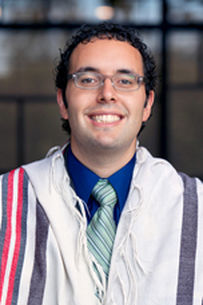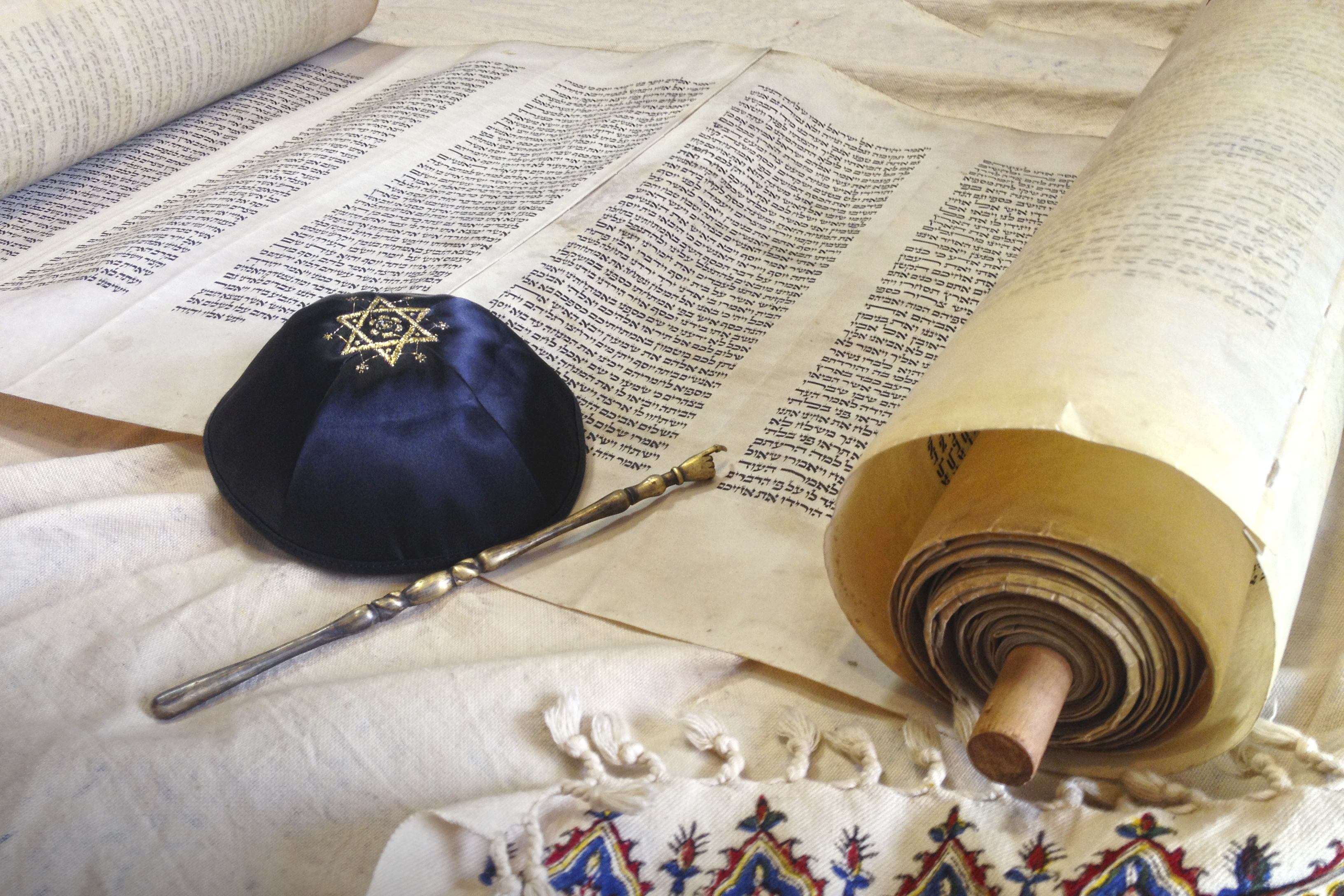Cantor David Berger


Cantor David Berger is the cantor at KAM Isaiah Israel Congregation in Chicago, IL, a board member of the American Conference of Cantors, and a Ph.D. student at the Chicago Theological Seminary. Learn more about him, his music, and his teaching at CantorDavidBerger.com.
Are There Limits to the Revelation Received at Sinai?
D'Var Torah By: Cantor David Berger
Our double portion of B’har-B’chukotai opens with a tantalizingly simple statement: “The Eternal One spoke to Moses on Mount Sinai” (Lev. 25:1).
How Can Social Isolation Lead to Illumination?
D'Var Torah By: Cantor David Berger
The following story from the Talmud helps us reflect on Parashat Emor: Elijah the prophet felt conflicted about his job that day. He just knew that it wouldn’t go well, so he tried everything to get away from it. “It’s been 12 years,” said God, “Genug! (enough!) We have to tell him he can come out.” Elijah disagreed. Bar Yochai made him nervous. So much power in such a temperamental vessel was just dangerous. Still, maybe God was right. Twelve years in a cave is a long time and maybe people really can change. Or maybe not.
Committing Ourselves to the Actions Required for Full Inclusion
D'Var Torah By: Cantor David Berger
At its best, the Torah can lift up humanity, reminding us of our place in the continually unfolding story of God’s Creation of the world and our role in the hopeful journey toward freedom. At its worst, it can serve as a tool for domination, oppression, hatred, and all that is base and vile within the human soul. As a gay man, I approached this week’s Torah portion, Acharei Mot-K'doshim, with a fair amount of trepidation.
It’s Important To See the Whole Person, Not Just the Illness
D'Var Torah By: Cantor David Berger
I’ve never had great knees, but this was a bit much. At 32 years old, I was limping around, struggling to go up and down stairs, and just feeling terrible about it. Thankfully, surgery and physical therapy helped and I have long since recovered. The most important lesson I learned from my bad knees is one that I see reflected in this week’s Torah portion. Parashat Tazria-M’tzora teaches us about our physicality; its focus is on the skin, hair, fluids, and organs that make up our bodies. We learn how out of our control those things can be and we gain some insight into our relationships with those entrusted with our care.
What Is the Body Language of Prayer?
D'Var Torah By: Cantor David Berger
As a teenager, I had the unique experience of participating in a joint Reform/Orthodox retreat up at OSRUI, our URJ camp in Wisconsin. I remember walking over to the Orthodox service after the Reform service had ended and seeing one of the participants standing in front of the congregation, barefoot, with a tallit over his head and his hands spread wide. I learned that I had seen a ritual sometimes called Birkat Kohanim (the Priestly Benediction or Priestly Blessing). ...The origins of this ritual come from this week's portion, Sh'mini.
